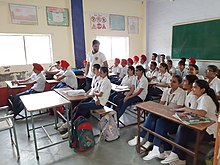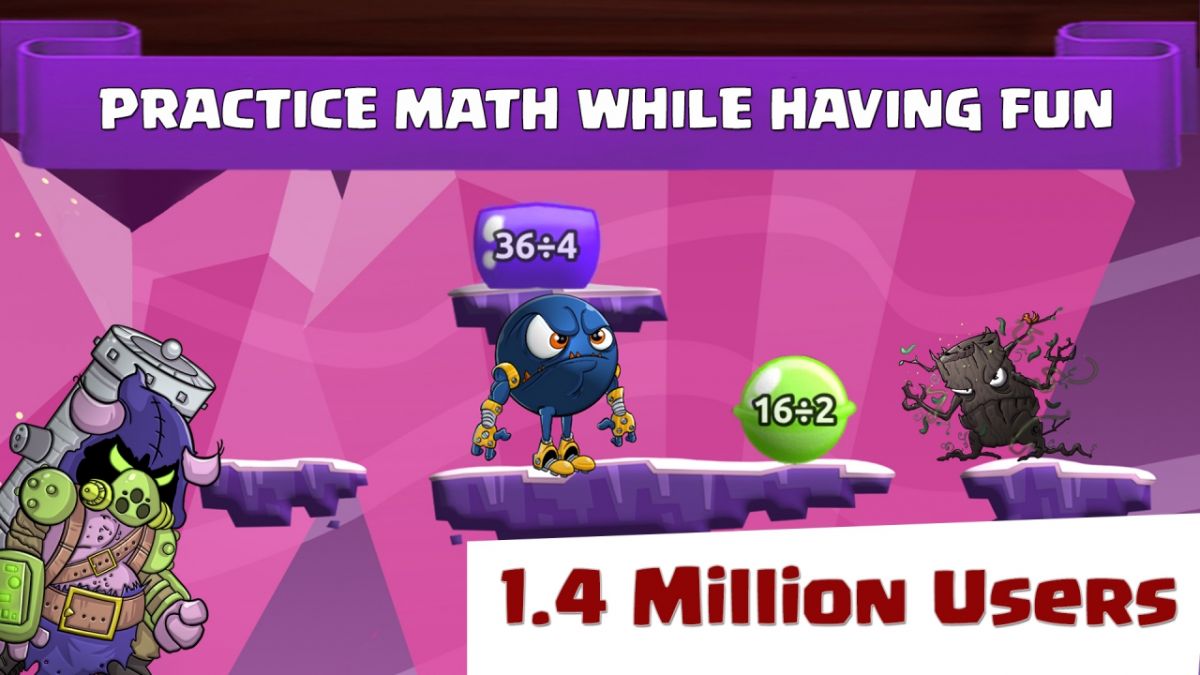
Minnesota grants can be used to help businesses and organizations achieve their goals. These programs are supported and funded by numerous grantmaking agencies as well as community partners. You can review our information on how to apply for a Minnesota grant. Additionally, you can learn about Minnesota's Community foundations. This will help to give you a better understanding about the process.
Community partners to grantees
Minnesota Community Partnership Grant Program fosters partnerships between University researchers, community members, and allows them to pursue research in areas related to equity in health care. The program is designed to address specific health needs of the community and addresses the state's needs. By supporting University researchers to write research proposals and facilitating community meetings, the program promotes collaborative research. University researchers are able to adapt research tools, tools, or interventions to the local context. The collaborations can lead to long-term community-university partnerships.
Minnesota grantees might have community partners. These could include nonprofit organizations or government agencies. Many of these agencies are local. For instance, the Central Minnesota Community Foundation funds local nonprofits that support individuals with disabilities. These organizations use their funds to create partnerships with service providers to provide necessary equipment and services to people with disabilities. Nonprofit organizations supporting women in the region may also be considered community partners for Minnesota grantees.
Community foundations in Minnesota
A community foundation is an organization that provides support to a community in dire need. Since 1949, Minnesota Community Foundation has been helping its communities. The assets under its management have increased by two-fold in the last five year. For you to donate to a local foundation, you will need an account. Once you have completed this, you can access the most current Form 990s. You can also add your nonprofit's problem overview.

Minnesota is home to 63 community foundations. They employ approximately 236 people and generate $675 million in annual revenue. They have assets of $3 billion. Larger organizations generate the bulk of the revenue. Minnesota has a very small number of nonprofits that have less than $1 million in annual revenue. However, those with over $100 million revenue make up 90% of all foundation revenue.
FAQ
How much does homeschooling cost?
There are no set costs for homeschooling. Some families charge between $0-$20 per lesson. Some families offer services for free.
But homeschooling is not easy. It requires commitment and dedication. Parents should be able to dedicate enough time to their children.
Access to books, materials, and other learning aids is essential. Many homeschoolers need to access community programs and events to complement their curriculum.
Parents must consider the costs associated with transportation, tutors, and extracurricular activities.
Homeschoolers also need to plan for field trips, vacations and special occasions.
What is the best way to start teaching early childhood?
First, you must decide if early childhood education is what you want to pursue. If so, then you will need to get your bachelor's degree. Some states require that students have a master's level degree.
You will likely also have to attend classes in the summer months. These courses cover topics such as pedagogy (the art of teaching) and curriculum development.
Many colleges offer associate degrees that can lead to teaching certificates.
Some schools offer certificates and bachelor's degrees in early education. Other schools only offer diplomas.
There may not be any need for additional training if your goal is to teach from home.
How do I select my major?
Students choose their majors depending on their interests. Students may choose to major in the subject they are most passionate about because it is easier than learning something else. Others want to pursue a career for which there are no jobs available. Some students choose a major in order to earn money. Whatever your reason, you should think about what type of job you would like to have after graduation.
There are many methods to learn more about the different fields of study. You could talk to someone in your family or friends about their experiences in these areas. To find out if there are jobs available, you can read newspapers and magazines. Talk to your guidance counselor at school to learn more about possible careers. Visit Career Services in your local library. Check out books on various topics from your public library. Search the Internet for specific career-related websites.
What are some ways to get scholarships?
Scholarships are grants to help with college expenses. There are many kinds of scholarships. These are:
-
Federal Grants
-
State Grants
-
Student Loans
-
Work Study Programs
-
Financial Aid
Federal grants are made directly by the U.S. government. Federal grants generally require that applicants meet certain criteria. To demonstrate financial need, applicants must meet certain requirements.
Each state offers state grants. Some states offer these funds based on financial need; others award money for specific reasons.
Banks and lending institutions offer student loans. Students often borrow money to pay for tuition and living expenses.
Employers are encouraged to employ qualified students through work-study programs. Employers are required to pay employees at least minimum wage.
Financial aid covers the majority or all of the tuition costs for low-income families.
How do I apply for college?
There are many ways to apply for college. Contact your high school guidance counselor to get started. Many high schools use online applications. You can also reach out to local colleges directly. Many colleges will accept applications through the Internet via their website.
If you decide to apply through the mail, you'll need to fill out the application, write a personal statement, and send copies of all required documents with your application. You can use the personal statement to tell why you would like to study at this school and what its benefits are to you. It also helps the admissions committee understand your goals and motivations.
On our website, you will find samples of essays that can be downloaded.
Statistics
- These institutions can vary according to different contexts.[83] (en.wikipedia.org)
- Among STEM majors, that number is 83.5 percent. (bostonreview.net)
- In most developed countries, a high proportion of the population (up to 50%) now enters higher education at some time in their lives. (en.wikipedia.org)
- Think of the rhetorical power of nineteenth-century abolitionist Harriet Beecher Stowe, Martin Luther King, Jr., or Occupy Wall Street activists with their rallying cry of “we are the 99 percent.” (bostonreview.net)
- They are also 25% more likely to graduate from high school and have higher math and reading scores, with fewer behavioral problems,” according to research at the University of Tennessee. (habitatbroward.org)
External Links
How To
what is vocational education?
Vocational education prepares students for the workforce after high school. Students are trained in specific skills to be able to do a particular job such as welding. You can also get on-the job training through apprenticeship programs. Vocational Education is different than general education. It focuses on specific careers and not learning broad knowledge for the future. Vocational training is not designed to prepare individuals for university but rather to assist them in finding jobs upon graduation.
Vocational education could be offered at all levels, including primary schools, secondary school, colleges and universities, technical schools, trade schools as well community colleges, junior college, and four-year schools. There are many schools that specialize in specific subjects, such as nursing schools (law schools), medical schools, dental school, veterinary medicine and firefighting schools. Many of these offer both academic instruction, and practical experience.
Over recent decades, there have been significant investments made in vocational education by many countries, including Australia, Denmark (Finland), Germany, Ireland and Japan. The effectiveness of vocational training is still a controversial topic. Some critics say it does not improve students' employability. Other argue that it prepares them well for life beyond school.
According to the U.S. Bureau of Labor Statistics, 47% of Americans have a degree or certificate related to their current occupation. This figure is higher for those with more education. 71% (25-29) of Americans have a bachelor's level or higher and work in fields that require a postsecondary degree.
In 2012, the BLS reported that nearly half of the nation's adult population had at least some form of postsecondary credential. Around one-third of Americans hold a two or four-year associate degree. One in five Americans has a master's or doctorate.
For those with a bachelor’s degree, the median annual income was $50,000. This is compared to $23,800 if you don't have one. For those with advanced degrees, the median wage was $81,300.
The median wage for those who didn't complete high school was $15,200. Those with less than a high school diploma earned $13,000 per year.